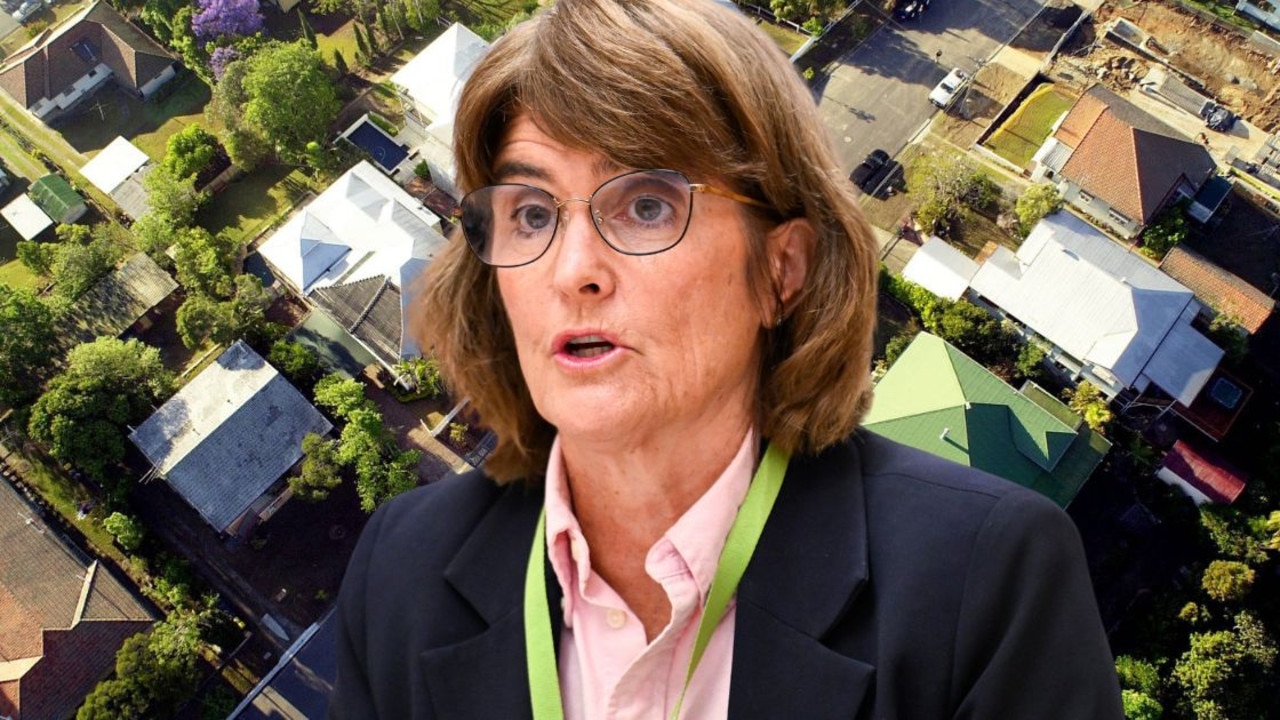Chinese helped establish Qld banana, sugar and retail industries
We readily thank them for Peking Duck and spring rolls and a spicy ma po tofu, but it’s about time we also thanked the Chinese for the vibrant industries they helped establish in Queensland.

CM Insight
Don't miss out on the headlines from CM Insight. Followed categories will be added to My News.
WE READILY thank them for Peking Duck and spring rolls and a spicy Ma Po Tofu, so it’s about time we also thanked the Chinese for our banana plantations, the far north’s sugar industry and our vibrant retail sector which they kicked off with characteristic vigour way back in the 19th century.
It was the start of the year of the Pig on Tuesday — the beginning of another Chinese Lunar New Year which Australians increasingly recognise in centres across the nation, perhaps most notably in Sydney where the celebrations in Chinatown continue across the traditional 17 days with major events every weekend.

The Brisbane festivities, once largely confined to the Chinatown Mall in the Valley, have spread into the Queens Street Mall, the Sunnybank Plaza, northward to Caboolture and even onto the Doomben Racecourse where a Lunar New Year Raceday will be held on Saturday February 16, “presented by the QLD Chinese Jockey Club.’’
If you’re chomping down on prawn dumplings or throwing money into the mouth of a dancing dragon over the next fortnight you might spare a thought for those first Chinese shepherds who arrived on the Darling Downs sometime in the 1840s to guard the fledgling sheep flocks and, in so doing, formed the first wave of one of Queensland’s most successful immigrant classes.
The extraordinary role the Chinese played in the development of this state has largely been lost to the wider public which readily embrace numerous other immigrant narratives, starting with the English in Port Jackson in 1788.
The Irish had eclipsed the English by the mid-18th century as our top immigrant country and continued to do so until the start of World War I, making Australian (still today) the world’s most Irish country outside of Ireland.
By the late 1940s it was eastern Europeans, displaced by World War II, who were swarming in, followed by massive waves from Sicily, Malta, the Netherlands, Germany, Italy and Greece.

Ireland dropped out of our top immigrant countries in 1999 and, just 12 years later in 2011, the Chinese took the lead as the top country sending immigrants to Australia.
While India is now in the lead, China remains a close second, and the contribution Chinese Australians make to the nation today is readily evident and growing every year, from federal politics through to the business community and into academia.
But it was the state of Queensland, perhaps more than many other state, which was the most fortunate recipient of Chinese industry, innovation and intelligence.
At the James Cook University’s Cairns campus resides senior history lecturer, Dr Janice Wegner, one of our more knowledgeable experts on China’s influence on Queensland’s development.
Dr Wegner only just returned from a trip to China with graduate student Sandy Robb where the pair explored the country’s south including Guangdong, the old Canton Province where so many of Queensland’s earliest immigrants came from.
“The Chinese were a wonderful immigrant class — law-abiding and respectful and extremely community minded,’’ Dr Wegner says.
The earliest immigrants may have helped with Queensland’s sheep herds but it was gold which lured the vast numbers who arrived in the 1870s in the Palmer River about 110 km south west of Cooktown, swiftly pushing the Chinese settlement of that district up to an estimated 20,000.

When the gold ran out many stayed on, some choosing to lease land, clear it and begin growing bananas.
They would hand the land back to the land owner after several years. But with a now proven record in banana harvests, landowners often kept the plantations intact, thereby establishing Queensland’s banana industry which was valued at $600 million in 2016-17, estimating to contribute $1.3 billion to the Australian economy.
A Chinese immigrant called Andrew Leon (the Anglicised version of his name) not only established a sugar plantation in Cairns but was the key figure in creating the first sugar mill located at in what is now the suburb of Cairns suburb of Earlville _ an achievement noted by the people of Cairns in 2013 when a commemorative plaque was erected on the site.
“We should remember that the sugar industry really saved Cairns economically at that time, because Cairns was starting to lose a lot of its trade to Port Douglas which was really starting to open up,’’ Dr Wegner says.
The Chinese planted maize on the Atherton Tableland, kicking of agriculture production in the area, then spread westward, conjuring up vegetables out of the sparse soils in their market gardens, helping to feed the pioneers in new settlements springing up across the state’s interior.
“They fed the miners and the pioneers making sure everyone didn’t get scurvy,’’ Dr Wegner says.

A man called Taam Sze-Pui, born in Southern China around 1853, was one of the thousands who came off the Palmer River Gold Fields, settling in present day Innisfail and creating a retail dynasty which by the early part of the 20th Century incorporated the largest department store in north Queensland, accessing a huge range of products through global networks.
There’s no need to whitewash the past. The early years of Federation which saw the development of the White Australia Policy demonstrated a blatant racism against Asians.
Our first prime minister Edmund Barton who helped push the racist laws through Parliament, even as the British Colonial Secretary was recoiling in horror and suggesting they were not in keeping with the concept of equality which had been ‘the guiding principle of British rule throughout the Empire,” can’t be easily forgiven for his response:
“The doctrine of the equality of man was never intended to apply to the equality of the Englishman and the Chinaman’’.
It’s one of those unfortunate remarks that does tend to hang in the nation’s air even a century on, unable to be expunged or ignored.
Yet Dr Wegner says that ordinary Australian people appeared to have a great affection for Chinese immigrants, supporting their businesses and honouring them for their great capacity for community service.
There were brutal divisions on mining fields when the Chinese immigrant was seen as a threat, she says.
But when they worked in what was seen as a complementary manner with communities, developing business, clearing land for sugar cane, even creating the Taoist temples that were so much part of the landscape in many far north Queensland towns, the Chinese were highly valued and much loved.
“And there is absolutely no doubt they made an extraordinary contribution to the development of this state.’’


